
Artist's impression of the gas giant orbiting Alpha Centauri A - Image: NASA, ESA, CSA, STScI, R. Hurt (Caltech/IPAC)
According to the US NPR station, a group of astronomers has just discovered signs that there may be a giant gas planet orbiting the star Alpha Centauri A - the closest star to Earth with properties similar to the Sun, only 4.3 light years away.
This star system is where the planet Pandora is set in the famous "Avatar" series by director James Cameron.
Based on data from the James Webb Space Telescope (JWST), researchers say the planet has a mass similar to Saturn and a radius close to that of Jupiter.
The planet is thought to be in the “habitable zone,” where temperatures could be warm enough for liquid water – a necessary element for life – to exist. At some point in its eccentric orbit, it could even get closer to its star and become warmer.
According to two reports published in the journal Astrophysical Journal Letters , the planet is only a potential candidate, not officially confirmed because additional observations are still needed.
But it’s still a major step forward, as planet hunting in the Alpha Centauri AB system has been notoriously difficult. The reason is that the two stars orbit each other, interfering with gravity-based detection methods—and the light is so bright it can blind the instruments.
"One of James Webb's instruments can detect infrared light from warm planets, and it is also equipped with a special mask to block out the glare from the host star, making nearby planets visible," said Dr. Charles Beichman from Caltech and NASA's Jet Propulsion Laboratory (JPL).
If this planet does exist, it is likely to have a natural satellite system like the gas giants in the Solar System. "I think it is very likely that this planet has moons. Satellite formation around giant planets is quite common," said astronomer Mary Anne Limbach from the University of Michigan.
In the "optimistic case," she said, the moons could be as large as Mars - large enough to have stable environments, even oceans, where life could form.
However, scientists also have cautious opinions. Researcher David Kipping from Columbia University said that this planet may be too small to maintain such a large satellite.
He suggests a size similar to Saturn's moon Titan might be more reasonable. But if Titan were to be brought into the habitable zone around a star, it might not be able to retain an atmosphere – a key ingredient for life.
“To have a moon large enough to support life around this planet, we need something beyond what we expected,” he said.
Still, the idea of a real-life Pandora hasn't been ruled out entirely. "It's not impossible," says Kipping. For Limbach, the important thing first is to confirm that the planet actually exists. "Before we declare victory and call it a planet, I want to see more confirmed observations," she says.
Despite many doubts, scientists are still excited about the possibility of a giant planet existing right next to Earth - which could be the ideal destination for future interstellar dreams.
Source: https://tuoitre.vn/kha-nang-co-hanh-tinh-gan-trai-dat-giong-trong-phim-avatar-20250809073219708.htm


![[Photo] Prime Minister Pham Minh Chinh chairs meeting to deploy overcoming consequences of storm No. 10](https://vphoto.vietnam.vn/thumb/1200x675/vietnam/resource/IMAGE/2025/10/3/544f420dcc844463898fcbef46247d16)




![[Photo] Students of Binh Minh Primary School enjoy the full moon festival, receiving the joys of childhood](https://vphoto.vietnam.vn/thumb/1200x675/vietnam/resource/IMAGE/2025/10/3/8cf8abef22fe4471be400a818912cb85)
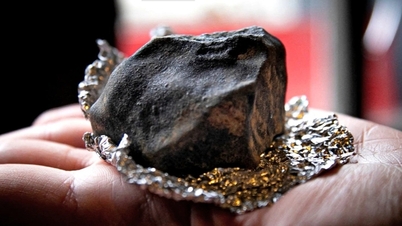





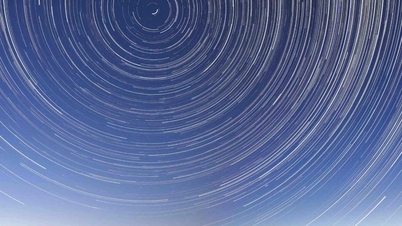
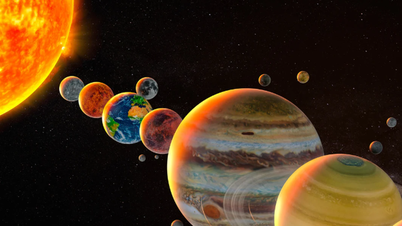







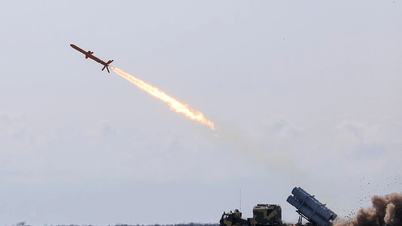
































































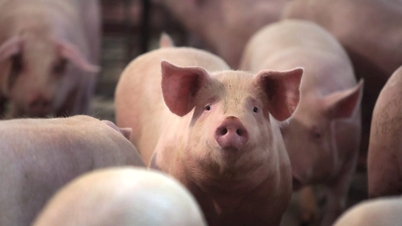















Comment (0)